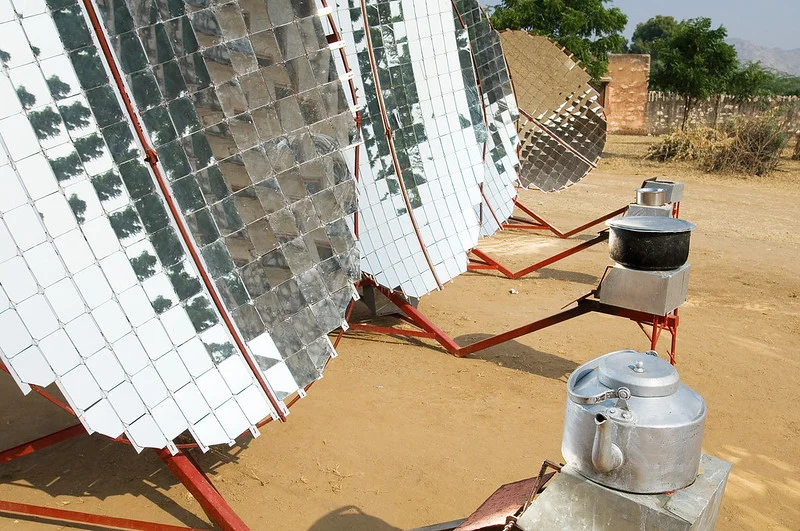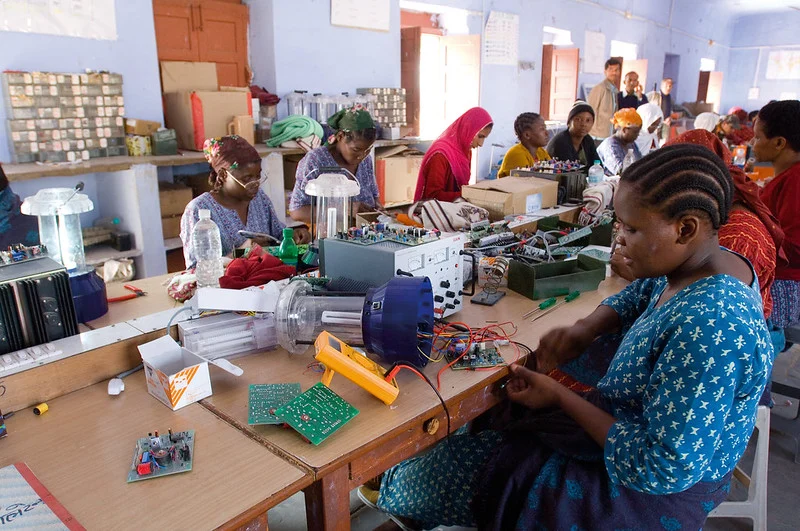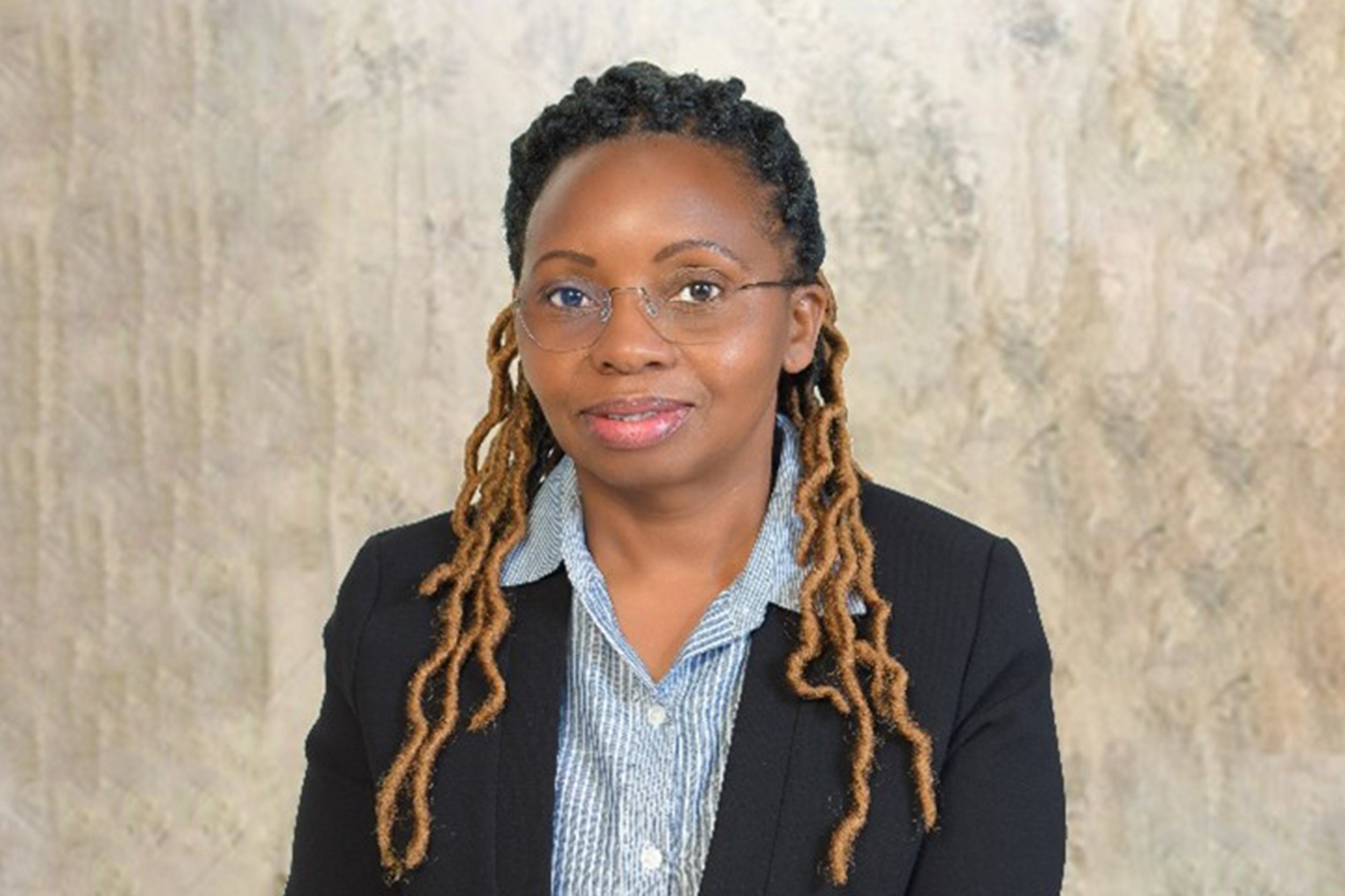Unlocking the Transformative Potential of Energy Communities
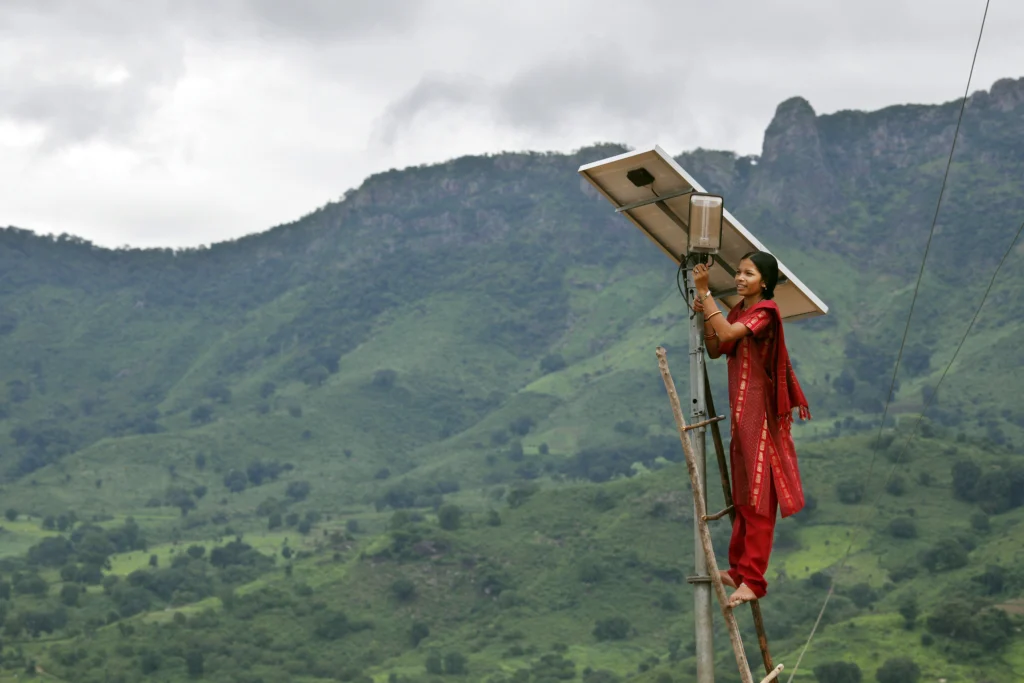
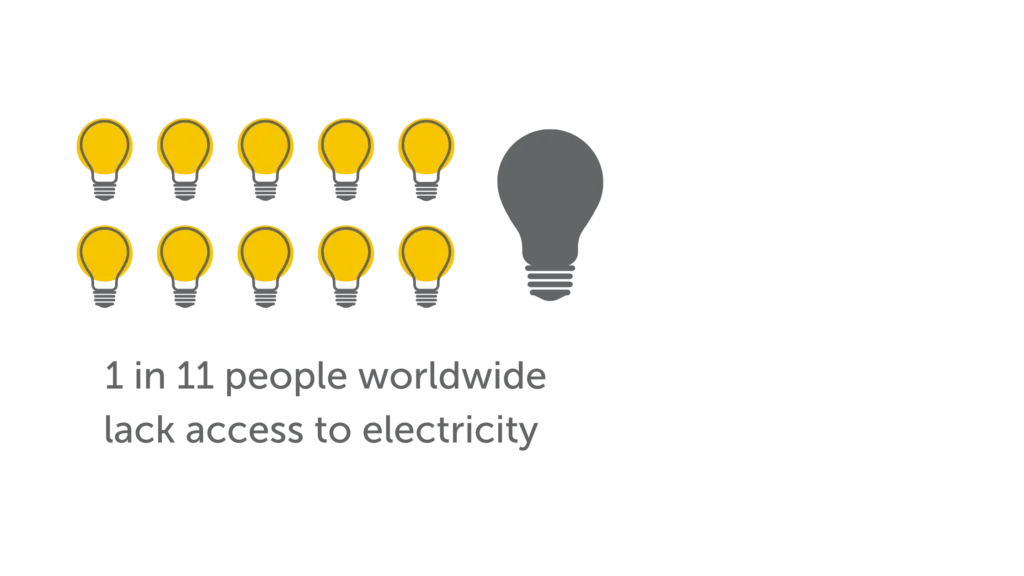
If everyone living without electricity comprised a single country, it would be the 3rd largest in the world at a population of approximately 750 million. With progress falling short of targets to achieve affordable, reliable, and sustainable energy access, a cycle of underdevelopment, social inequality, and marginalization continues to persist—disproportionately affecting vulnerable groups. However, there is a growing recognition of the potential for clean, decentralized energy solutions to tackle a range of disparities. Across Latin America and Europe, progressive policies are facilitating a bottom-up transition to inclusive, equitable, and renewable energy access for all.
What are Energy Communities?
Energy communities are citizen-driven initiatives where people produce, manage and use renewable energy. These groups prioritize decentralized energy production and active community participation. They can take many forms, with different structures, governance models, and levels of engagement.
In Costa Rica, Coopelesca, Coopeguanacaste, Coopesantos, and Coopealfarorui have been producing and distributing electricity from solar, wind, and hydropower, to supply the country with electricity since the 1950s. By selling electricity back to the grid, reducing energy costs, and job creation, communities are reinvesting profits and supporting local development and strengthening their communities. In Coopelesca, members introduced a small monthly charge of 200 colones (approximately 0.35 USD) on electricity bills, which enabled the community to purchase and safeguard local water resources, further securing access to safe water.
In the Moroccan village of Id Mjahdi, residents once relied on burning tree bark for heating and cooking, and lighting candles to work and study at night. With the initiative of Cleanergy, a solar power company, and Cluster Solaire, an NGO, Id Mjahdi has become the country’s first fully solar-powered community— generating energy for 20 households, essential services, and community facilities. A solar-powered preschool and argan workshop enables employment to mothers and women, with sales from production going to maintain the solar network.
At their core, energy communities aim to build a more just and sustainable energy future— one where the benefits of clean energy are not only locally generated, but also equitably shared, reinvested, and sustained by the very communities they empower.
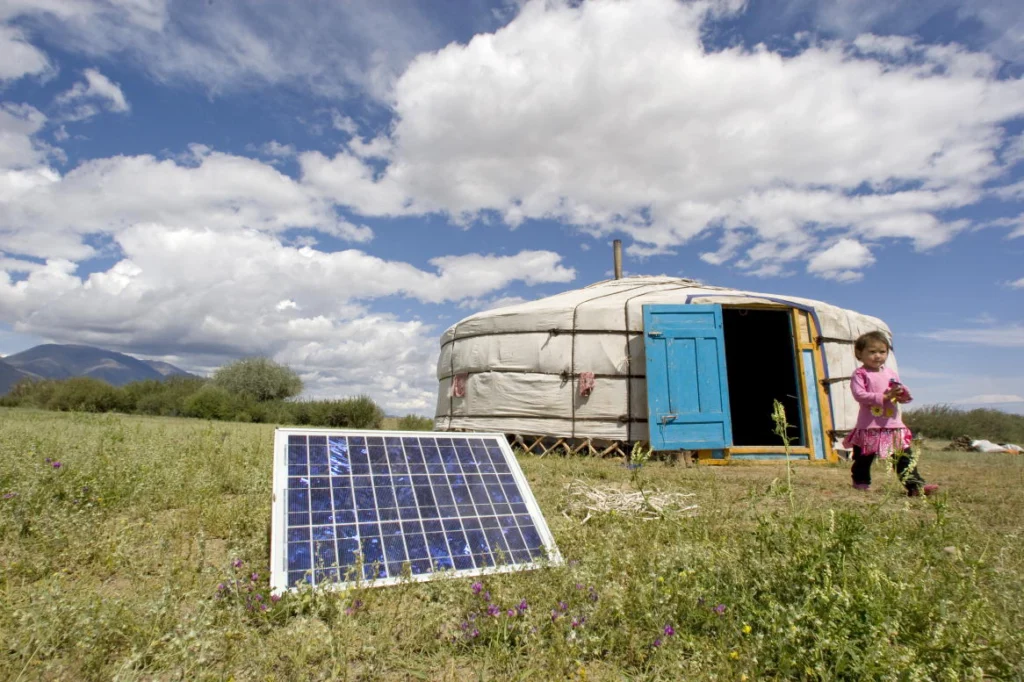
Photo by United Nations Photo / Eskinder Debebe, CC BY-NC-ND 2.0, via Flickr
Building Energy Democracy Through Cross-Sector Collaboration
While energy communities introduce decentralized systems of energy production and distribution, they also have the potential to be powerful vehicles for energy democratization. Energy democratization calls for the “[institutionalization] of more participatory forms of energy provision and governance”, giving communities a direct stake in decision-making, fostering local leadership, and encouraging active civic participation. While decentralization can be a pathway to democratization, it is not sufficient on its own. Achieving true energy democracy requires both decentralized infrastructure and decision-making models that actively involve a wide range of stakeholders—especially those historically marginalized or excluded—in shaping policies, planning, and implementation processes.
Energy communities exist within a broader ecosystem of assorted stakeholders, competing incentives, and varied capabilities. Navigating this complexity and scaling impact effectively requires a co-design approach “to institute the statutory, regulatory, and socio-technical configurations that will encourage the establishment of energy communities in different contexts.” Implementing a collaborative approach means recognizing the diverse actors that influence energy communities and understanding their potential:
Governments are the most common allies. They unlock access to public resources, including financial support through grants, subsidies, and low-interest loans, and have the ability to integrate energy communities into legislative and regulatory frameworks and broader national and regional strategy plans, enabling protection and replication.
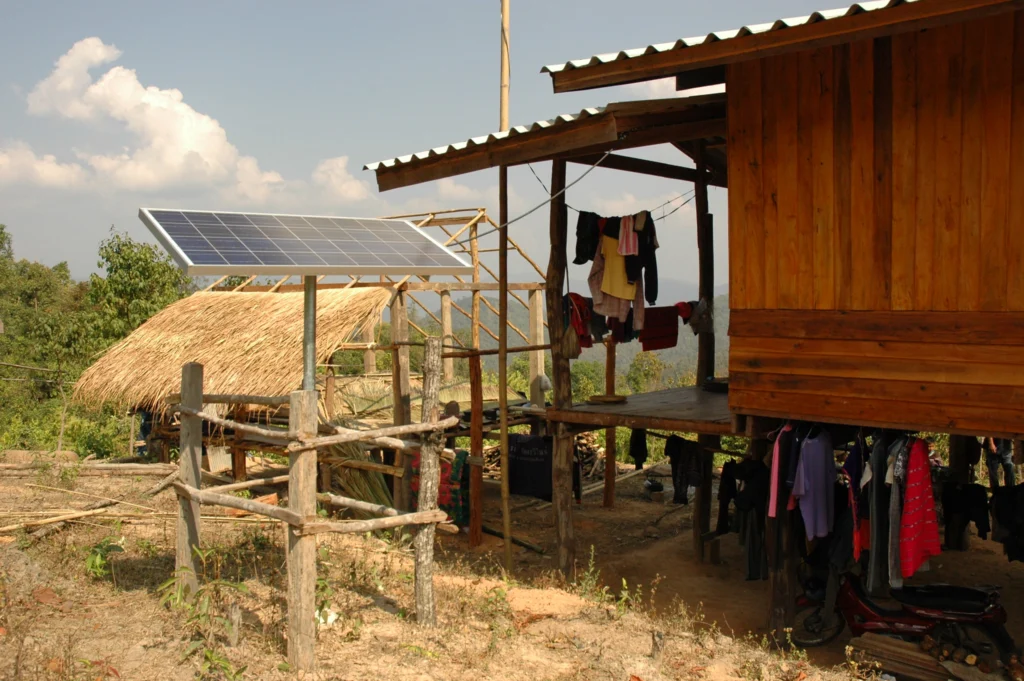
Photo by Bob Travis, CC BY-NC-ND 2.0, via Flickr
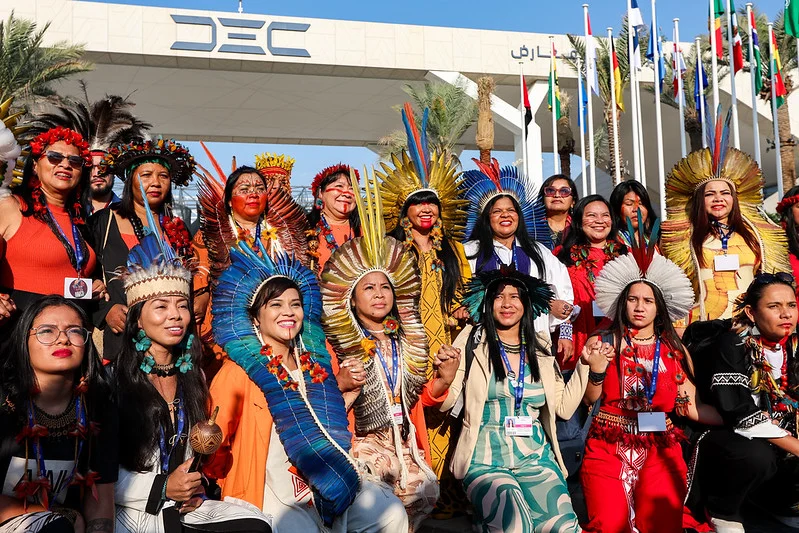
Brazilian attendees pose during the UN Climate Change Conference COP28 in Dubai, United Arab Emirates. Photo by COP28 / Mahmoud Khaled, CC BY-NC-ND 2.0, via Flickr
The private sector crowds in investments, advanced renewable technologies, and technical expertise. Companies often train community members in installing and maintaining renewable energy systems and can support the development of supply chains for affordable access to renewable energy resources.
Civil society organizations (CSOs) bridge implementation gaps by fostering trust and a willingness to work together, particularly in areas where tribalism and skepticism toward private and/or public entities exist. They amplify local voices in decision-making and advocate for equitable access and representation, particularly for marginalized groups like women and youth.
Similarly, local communities themselves hold deep local knowledge and lived experience, which position them as essential actors to shaping adaptive, context-specific, and resilient energy solutions. This is particularly true for Indigenous People, whose deep-rooted connection to their territories and ecosystems offer innovative insights into sustainable development.
Think tanks provide evidence-based recommendations and are “well placed to interface with policymakers to ensure that conducive regulatory frameworks are provided as incentives for community energy projects.” They also lend space for dialogue and exchange, supporting priority alignment and the development of actionable frameworks for effective solutions.
Centering Communities in the Energy Transition
By dismantling siloes and embracing cross-sector collaboration, energy communities offer a mechanism for all sectors of society to actively shape their energy future. In Colombia, our work illustrates how we’re turning this vision into reality, piloting coalitions and promoting peer learning and collective action that centers energy communities as a pathway toward local economic and social development. In Brazil, RevoluSolar, a Rio-based nonprofit, has developed a comprehensive energy community model designed to target low-income, underserved populations. In partnership with local leaders, this model is redefining its focus on community autonomy by providing tools, education, and training to sustain and manage renewable energy projects. These approaches are bridging grassroots efforts with municipal and national governments —fostering multi-level collaboration that not only strengthens implementation but also shapes public policies to replicate the model at scale.
Energy communities have long acted as powerful agents of change, adapting to evolving needs and priorities while withstanding political and environmental shocks. From rural wind cooperatives to urban hydro projects, these models are reframing the relationship between people and energy—placing communities and their lived experience at the heart of energy transitions. The flexible and changing nature of energy communities at the global level creates space for interpretations and applications. This dynamic quality must be safeguarded to foster creative and innovative solutions that adapt to evolving policy landscapes, energy resources, and community needs.
Rooted in local leadership and supported through institutional frameworks, energy communities can become more than just localized systems of energy production and distribution. They can evolve into instruments of democratization through intentional design and partnerships—where local participation, collective ownership, and equitable decision-making are the foundation of just, resilient, and inclusive energy futures.
Do you have additional insights or experiences you’d like to share? We’re always eager to learn from others and exchange ideas. Reach out and connect with us—we’d love to hear from you.
Join the Governance Explorers
We are bringing together a global network of people eager to rethink governance and influence local, national and global debates.

